What Are Solar Flares and Are They Dangerous?
Updated Jan. 9 2024, 5:05 p.m. ET
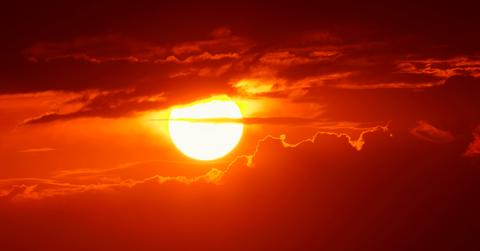
For millennia, human beings have looked up at the sky and tried to make sense of the strange phenomena they witnessed among the stars. One star — our own sun, in fact — possesses qualities that modern scientists are still only beginning to understand.
The term solar flare, for instance, conjures up images of annihilation for some people, but what is a solar flare, exactly, and is this phenomenon really as dangerous as it sounds?
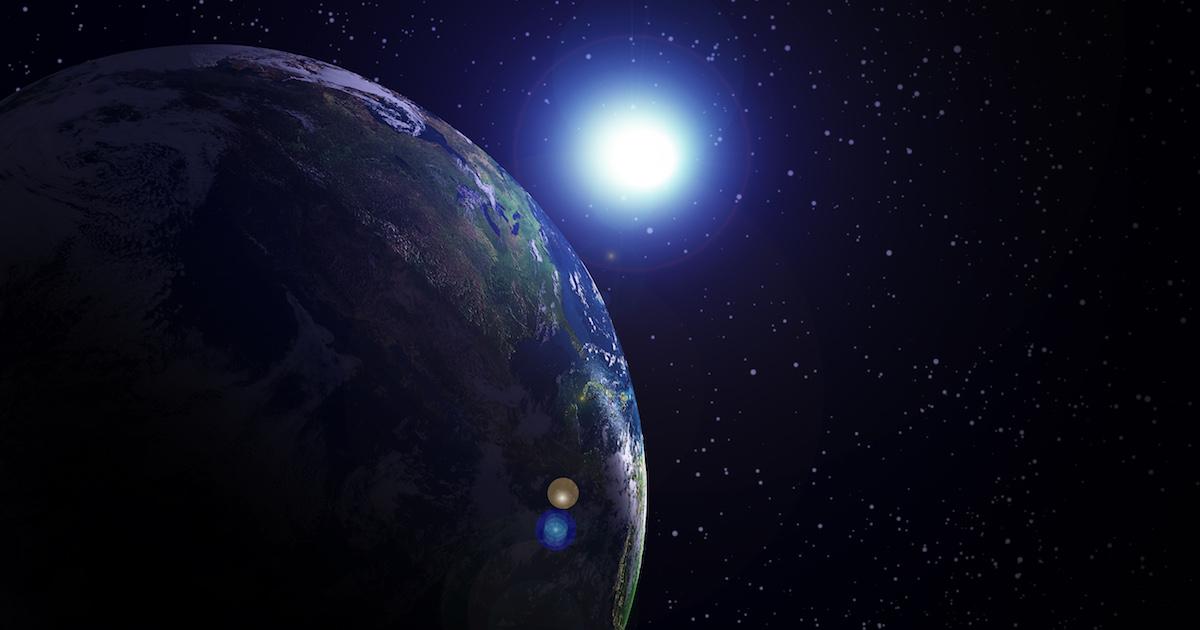
What is a solar flare?
According to NASA, solar flares are defined as intense bursts of radiation that occur as a result of the magnetic energy found in sunspots. Solar flares can also happen when particles like electrons and protons unexpectedly accelerate.
No matter what the composition, solar flares release large amounts of solar, gamma, and electromagnetic radiation into space. They can last anywhere from several minutes to several hours.
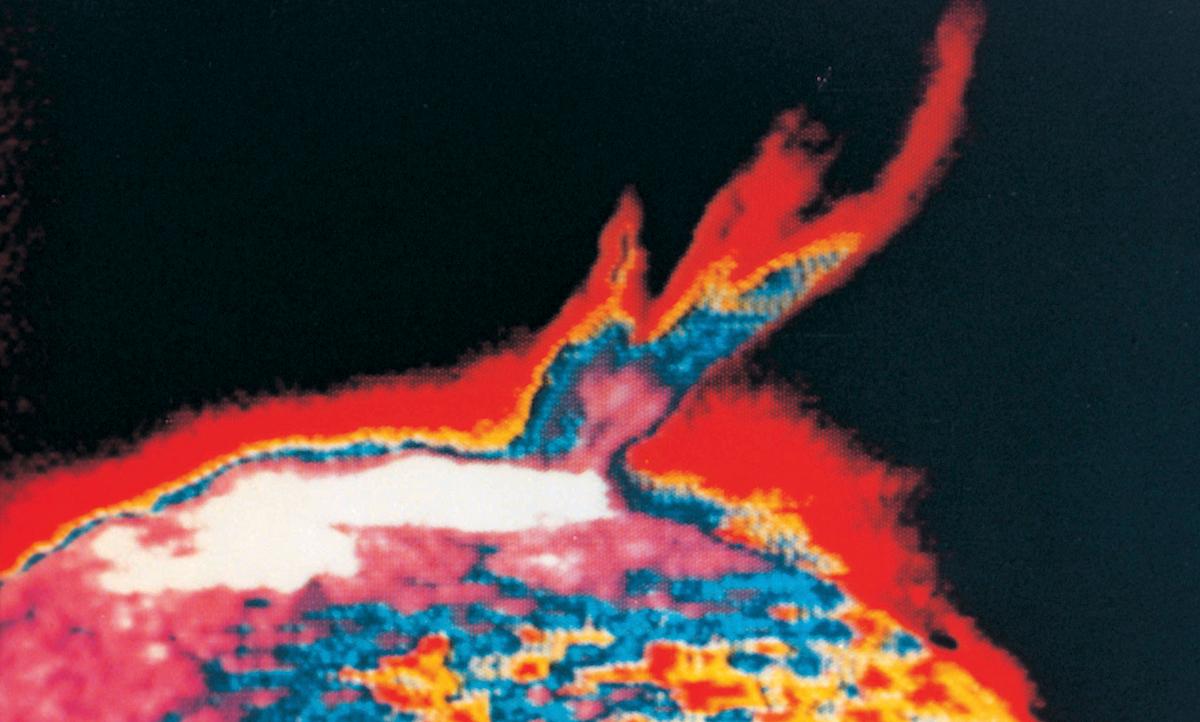
What do solar flares look like?
Despite the fact that some of them can last for a rather long time, solar flares generally happen too quickly to be seen by the naked eye. They appear as bright flashes of light that suddenly “flare up” on the sun’s surface, and are only visible and measurable using special instruments.
NASA defines solar flares as the largest explosive events within our solar system and some of the solar radiation that they release can even affect things on Earth.
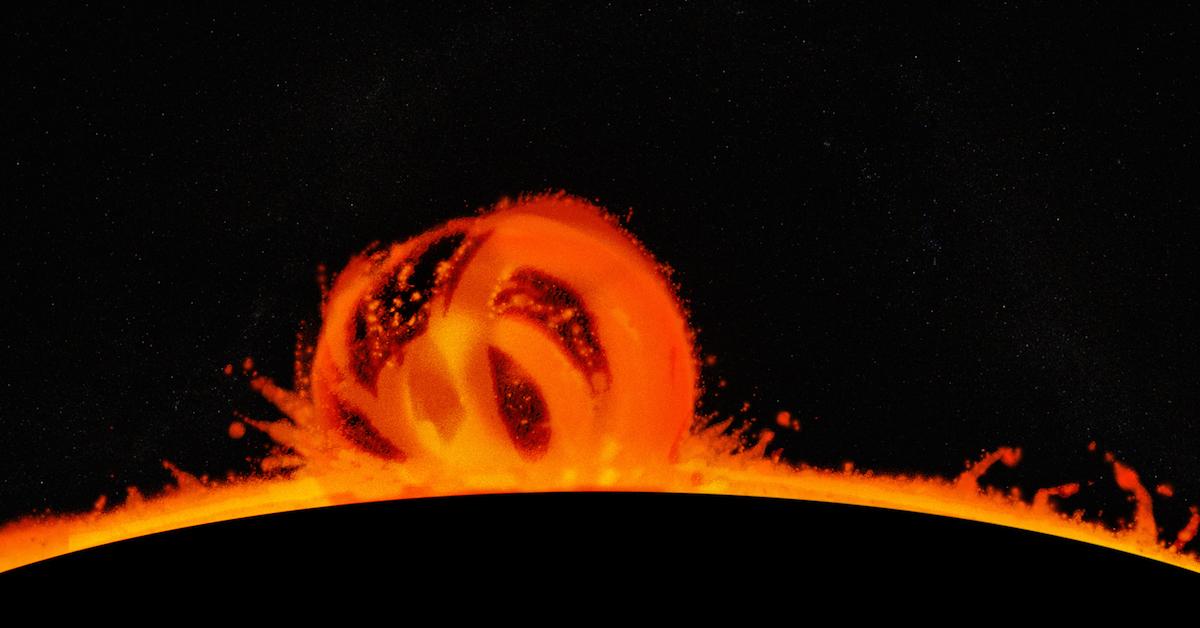
How do solar flares affect the Earth?
Solar flares might be quick as a flash, but according to the National Weather Service, they can release as much energy as a billion megatons of TNT and heat that reaches several million degrees Fahrenheit.
Those circumstances emit X-rays and magnetic fields that travel across the cosmos, bombarding the Earth with geomagnetic storms that can interrupt long-range communication and the like.
Despite what some may think, solar flares do not contribute at all to global warming or climate change. Those conditions are caused by changes on Earth and are the direct result of human beings. Things like pollution, burning fossil fuels, and deforestation all contribute to making the planet warmer.
Meanwhile, the sun's temperature remains constant. We're just becoming more susceptible to its output of heat.
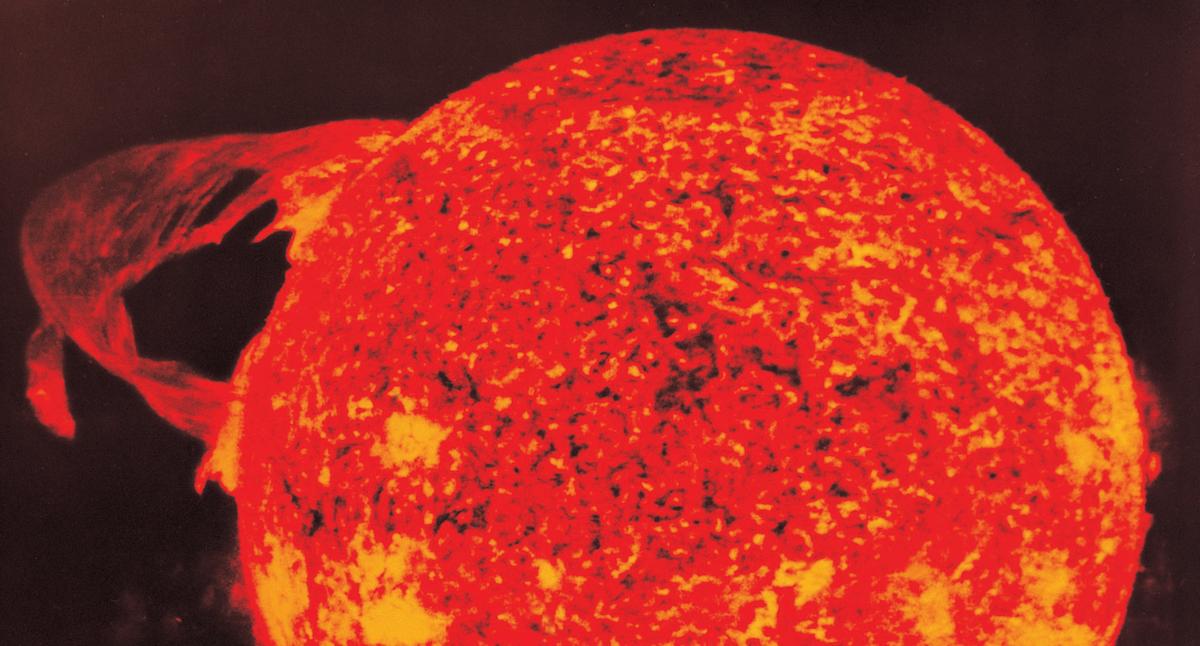
Are solar flares dangerous to Earth?
According to NASA, not really. Solar flares might disrupt some things on Earth, and they have been known to shift signal transmissions from satellites in the upper atmosphere, but those things have not yet proven destructive.
Solar flares do ramp up into something called a solar maximum every 11-year solar cycle, but even at their maximum strength, no recorded flares have ever been large enough to reach the planet. And they certainly aren’t capable of destroying the Earth in a conventional sense.
Coronal mass ejections, on the other hand, are solar explosions that can do more than just cut cell service.
According to NASA, CMEs are similar to solar flares in that they are bursts of solar material that result in the release of particles and radiation. When these bursts reach the planet, they can cause electromagnetic fluctuations capable of blowing out transformers or entire power grids. They’re even more dangerous for astronauts, as they also disrupt electromagnetism on satellites and spacecraft.
This article, originally published on April 6, 2021, has been updated.